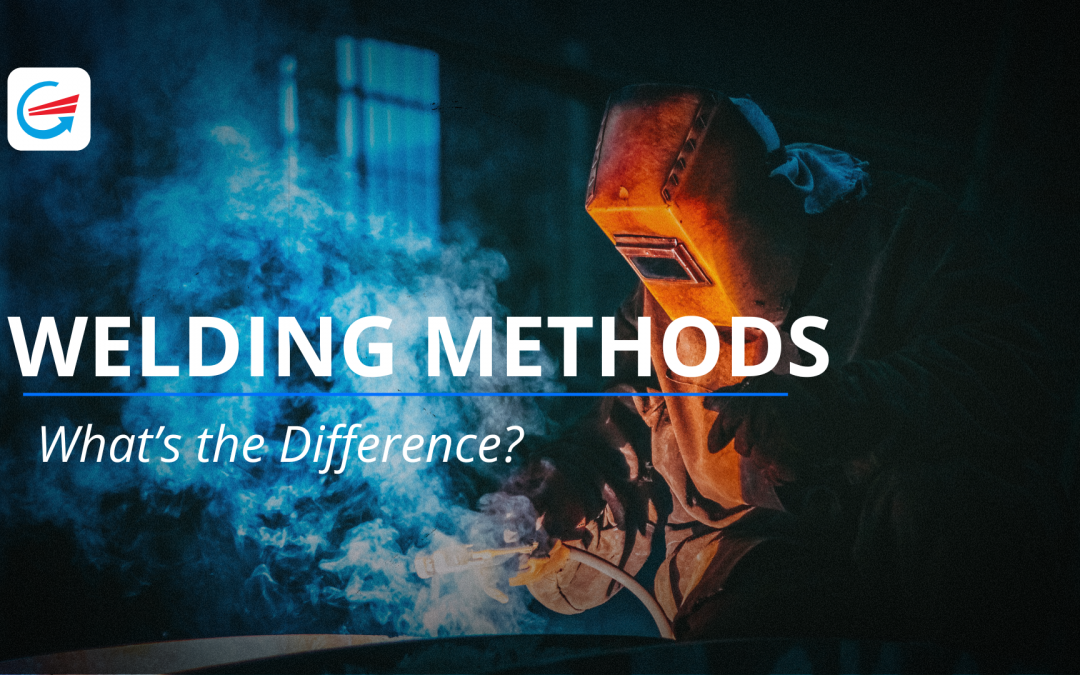Hello Industrial Clients!
In welding, the process you choose defines your results — strength, quality, and efficiency all depend on it.
Understanding the distinctions between manual, semi-automatic, and automatic welding is crucial for engineers, inspectors, and fabrication professionals who strive to achieve consistent, code-compliant results.
Let’s break down how each welding type works, where it excels, and how the right approach can improve both productivity and quality.
Manual Welding — The Skill of the Welder
Manual Welding is the foundation of all welding processes.
Here, the welder has full control over every aspect of the operation — electrode manipulation, torch movement, travel speed, and heat input.
This process depends entirely on the welder’s expertise, coordination, and precision.
Common manual welding methods include:
-
Shielded Metal Arc Welding (SMAW or Stick Welding)
-
Gas Tungsten Arc Welding (GTAW or TIG Welding)
These techniques are widely used in pipeline welding, repairs, maintenance, and specialized fabrication — areas where precision and adaptability are essential.
Advantages of Manual Welding:
-
High flexibility and adaptability
-
Ideal for detailed, custom, or field work
-
Suitable for out-of-position and hard-to-reach areas
Limitations:
-
Relies heavily on operator skill and consistency
-
Slower compared to automated methods
-
Higher risk of human error
Manual welding remains indispensable where craftsmanship and precision matter most. It’s the go-to for critical joints, repair tasks, and projects that require a human touch.
Semi-Automatic Welding — Human Skill Meets Machine Efficiency
As industry demands grew, welding technology evolved to support greater speed and consistency — giving rise to Semi-Automatic Welding.
In this process, a machine automates the wire feed or filler material, while the operator still controls the torch and movement.
The most common semi-automatic processes are:
-
Gas Metal Arc Welding (GMAW or MIG Welding)
-
Flux-Cored Arc Welding (FCAW)
Semi-automatic welding strikes a balance between human precision and machine efficiency.
It’s ideal for manufacturing, structural steelwork, shipbuilding, and heavy fabrication, where productivity and repeatability are vital.
Advantages of Semi-Automatic Welding:
-
Increased welding speed and deposition rate
-
Consistent quality and reduced downtime
-
Suitable for repetitive or high-volume production
Limitations:
-
Requires continuous monitoring by the operator
-
Equipment setup and maintenance are more complex than manual methods
Semi-automatic welding is often the preferred choice for industrial applications, combining operator control with automation’s consistency — the best of both worlds.
Automatic Welding — Precision through Technology
Automatic Welding represents the highest level of welding automation.
In this process, the equipment performs the entire operation, from arc initiation to weld completion, based on pre-programmed parameters.
This eliminates human variability and ensures unmatched accuracy, speed, and repeatability.
Common automatic and fully automated welding methods include:
-
Submerged Arc Welding (SAW)
-
Robotic Welding Systems
-
Orbital Welding
Automatic welding is essential for pipelines, pressure vessels, tanks, offshore structures, and high-volume manufacturing environments.
It’s designed for industries that demand tight tolerances, 24/7 operation, and data-driven quality assurance.
Advantages of Automatic Welding:
-
Exceptional consistency and efficiency
-
Higher production rates with minimal downtime
-
Improved weld quality and repeatability
-
Reduced operator fatigue and labor costs
Limitations:
-
Higher initial equipment cost
-
Limited flexibility for on-site or variable-position welding
As technology continues to evolve, automation is reshaping the welding landscape — improving safety, reducing error rates, and enabling smarter fabrication systems.
Comparing the Three Welding Types
| Feature | Manual Welding | Semi-Automatic Welding | Automatic Welding |
|---|---|---|---|
| Control | Fully by operator | Shared between operator & machine | Fully automated |
| Speed | Slow to moderate | Fast | Very fast |
| Consistency | Depends on skill | High | Very high |
| Flexibility | Very high | Moderate | Low |
| Best Used For | Repairs, fieldwork, precision tasks | Structural fabrication, manufacturing | High-volume or automated production |
| Typical Processes | Stick, TIG | MIG, Flux-Cored | SAW, Robotic, Orbital |
Choosing the Right Welding Approach
Selecting the right welding type depends on several factors:
-
Material type and thickness
-
Production volume and speed requirements
-
Project location and accessibility
-
Quality and code compliance standards
-
Available equipment and operator skill
For example:
-
Use Manual Welding for detailed or repair work where access is limited.
-
Choose Semi-Automatic Welding for medium to large-scale fabrication requiring consistency and flexibility.
-
Opt for Automatic Welding for large-scale, repetitive, or critical operations demanding maximum efficiency and precision.
Welding Excellence at Engrity Group
At Engrity Group, we work across all levels of welding — manual, semi-automatic, and fully automated systems — ensuring each weld meets the highest standards of quality, compliance, and performance.
Our experienced inspection and quality teams understand the critical link between process selection and weld integrity.
From on-site manual welding to fully integrated automation, we help our clients optimize efficiency, safety, and reliability at every stage.
Because in welding, every arc does more than join metal — it builds trust, safety, and long-term performance.
Contact us today to learn how Engrity can support your welding automation journey.
Contact us today: https://engrity.com/contact/
📧 Email: info@engrity.com
📞 Phone: (780) 800-6297
Experience the Difference
Contact
Phone
+1 (780) 800-6297
info@engrity.com
Address:
201-9403 63 Ave NW, Edmonton, AB T6E 0G2

